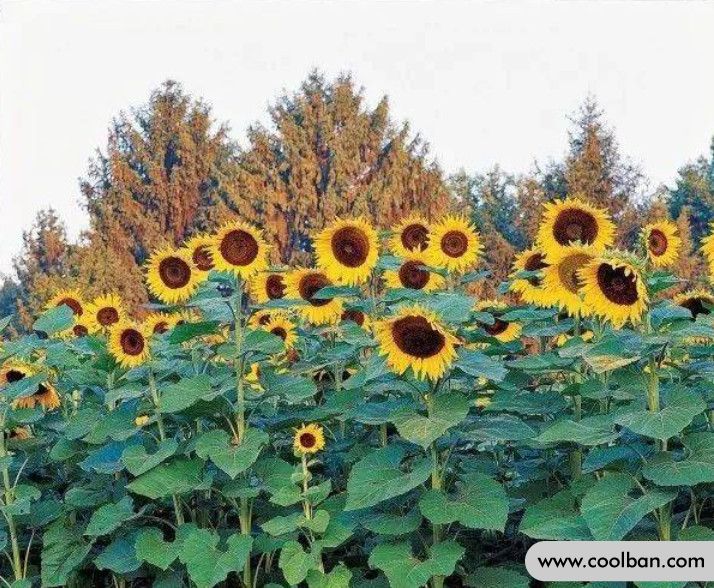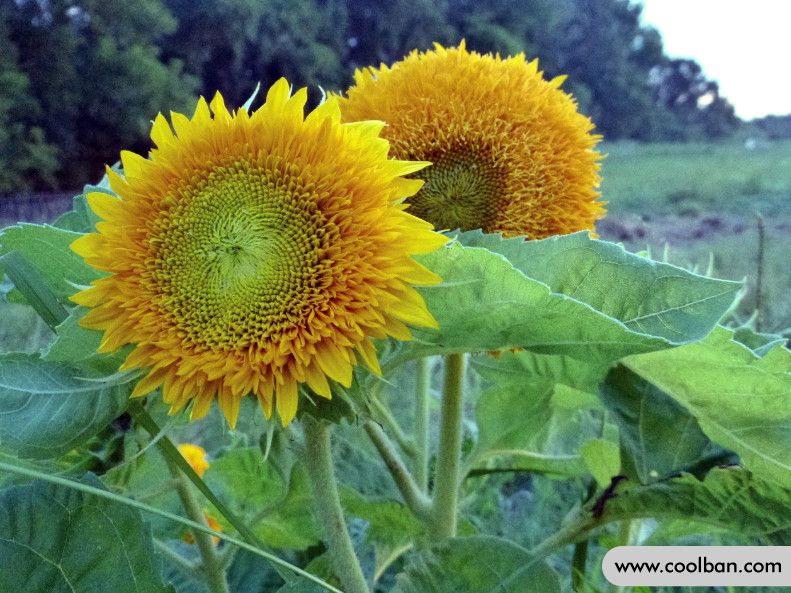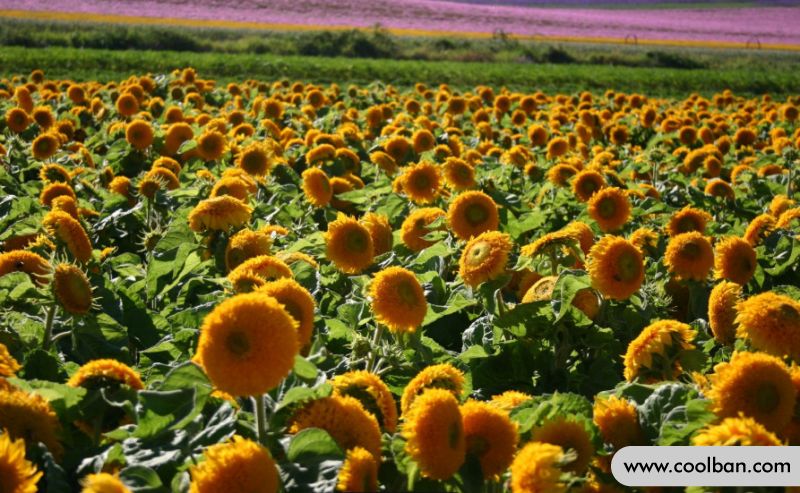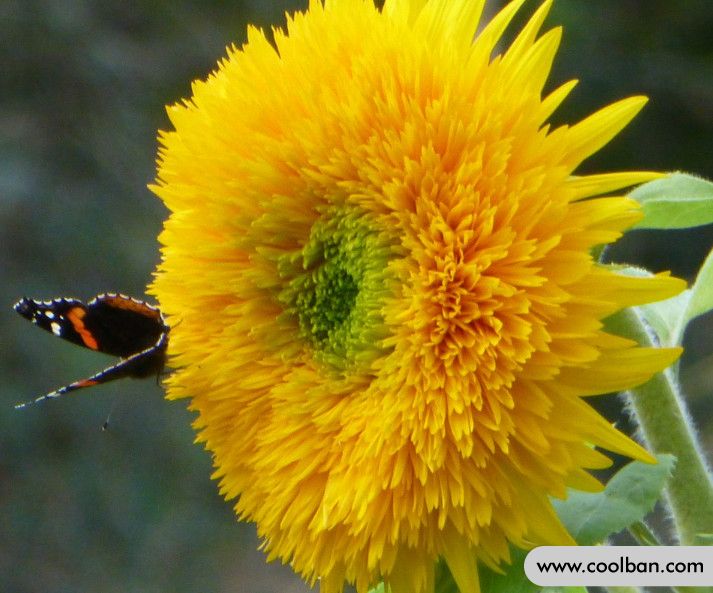What are the characteristics of the shape of the sunflower?
Sunflower is an annual herb with a head of 10-30 cm in diameter, growing at the apex or apex of the stem, generally sloping. Involucral bracts multi-layered, leafy, covered with bristles, flowering in summer, with a weak yellow tongue at the edge of the inflorescence. In the flower center there is a pair of male and female flowers, brown or purple, sturdy. The fruit is oval, flat in shape, and the peel is woody, gray or black. Such plants are called sunflowers.
The most common sunflowers are 2.5 to 3.5 meters high. According to scientific data from 1567, Padua was once regarded as a single-headed sunflower up to 12 meters long.

Introduction to the five major parts of sunflower:
Sunflowers have five major parts: roots, stems, leaves, flowers, and fruits.
1
Sunflower roots include taproots, lateral roots and rhizomes. The main root has lateral roots, transverse; in the lateral roots there are many roots. Both lateral roots and fibrous roots have hairy roots; sunflower roots are strong and distributed in the soil, and about 60% of the roots are distributed in the soil of 0~1000px. Sunflower roots always grow taller than the stem. Before the flower disc is formed, the root system grows the fastest. At the mature stage, it stops growing and then gradually withers. In addition, under the right conditions, it can also produce a large number of water roots (similar to the aerial roots of corn).

2. dry
The stem of the sunflower is cylindrical, straight, and has bristles on the surface. It consists of cortex, wood and spongy. During the growth stage, the stem is lignified and the pith is hollow. Sunflower stems have different colors such as green, lavender, and deep purple, which are an important symbol for judging their seedling stage. The plant height of different cultivars varies greatly, but the same cultivar differs greatly in high sowing date and planting environment. From germination to flowering, the growth rate of the tip of the sunflower is the fastest. The plant at this stage accounts for 55% of the total height, and the growth rate after that is very slow, only 5%.

3. Leaf
Sunflower leaves can be divided into cotyledons and true leaves. a pair of leaves. True leaves are generally opposite between 1 to 3 nodes in the lower half of the stem, while the upper part is alternate. True leaves are large, covered with bristles on the leaves and petioles, and covered with a thick layer of wax. There are obvious differences in the number of leaves among different varieties, 25-32 for early-maturing and 33-40 for late-maturing. The lower leaves of the stem will produce nutrients before flowering, which mainly supplies the growth of the root system. At the flowering stage, the functions of the sunflower have basically been completed. The middle and upper leaves provide nutrients to the disc to promote seed growth.

4. Flowers
A sunflower is a head-shaped corolla that sits at the top of the stem and is often referred to as a "disc." Its shape can be divided into three categories: convex, flat, and concave. There are two kinds of flowers, lingual and tubular. 1-3 ligulate flowers, surrounding the disc, are asexual flowers. It comes in different colors and sizes, orange, pale yellow and purple, and they attract insects to feed and pollinate. There is a tubular flower on the inner side of the ligulate flower, which is a female flower. Corolla colors are yellow, brown, dark purple and so on.
5. Fruit
The fruits of sunflowers are melon seeds. The fruit of the edible sunflower variety weighs about 100-200 grams, has long seeds, and has black and white stripes on the fruit. The seeds for oil are short and thin, with a weight of 40-110 grams per thousand seeds and 20-30% of the seed weight.
